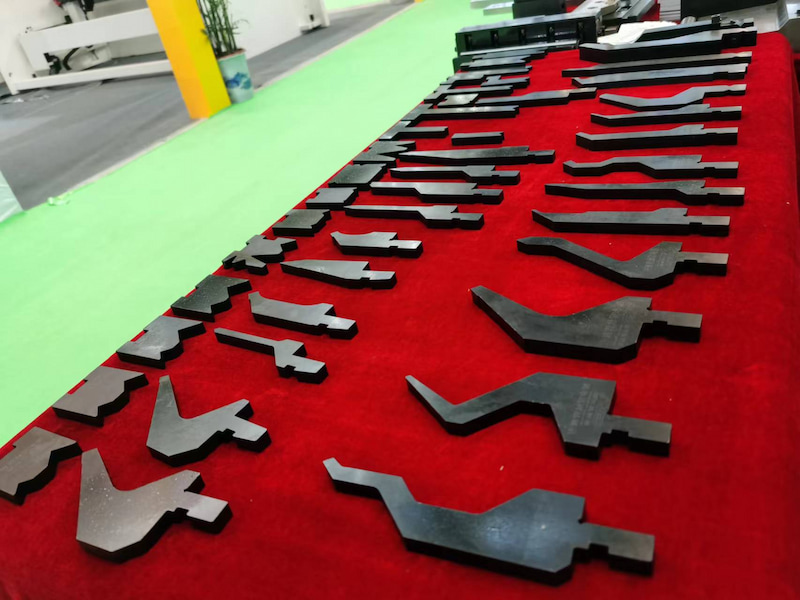With the continuous advancement of industrial modernization, various new technologies and equipment have been widely used in industrial production. As an efficient, safe and reliable heating equipment, electric heating cable has been increasingly used in industrial production in recent years. This article will discuss in detail the importance of electric heating tape in industry.
I.Basic principles of electric heating tape
Electric heating tape is an antifreeze insulation product that converts electrical energy into thermal energy to compensate for pipeline heat. It is mainly composed of conductive polymer, metal wire, insulation layer and protective layer, among which conductive polymer is the heating element of electric heating tape, which will generate heat when power is passed through.
II.Application of electric heating tape in industry
1. Chemical industry
In chemical production, electric heating tape can be used to heat reactors, evaporators, heating tanks and other equipment to improve production efficiency and product quality. In the chemical production process, many chemical reactions need to be carried out at a specific temperature. Electric heating tape can accurately maintain the temperature of the equipment through intelligent control, avoiding heat waste in traditional insulation methods and improving energy utilization efficiency.
2. Petroleum industry
In the petroleum industry, electric heating cables can be used to heat equipment such as oil pipelines and oil storage tanks to prevent crude oil in pipelines and equipment from solidifying, ensuring safe and stable production. During the oil transportation process, due to changes in ambient temperature, crude oil in the pipeline may solidify, affecting the transportation efficiency. Electric heating cables can maintain the fluidity of crude oil by heating the pipeline, avoiding pipeline blockage and equipment damage.
3. Power industry
In the power industry, electric heating cables can be used to heat equipment such as cables and transformers to prevent equipment failure in low temperature environments and ensure the stability of power supply. During power transmission, equipment such as cables and transformers may be affected by low temperature environments and fail. Electric heating cables can maintain their normal operating temperature by heating equipment, avoiding equipment damage and power supply interruptions.
4. Other industries
In addition to the above industries, electric heating cables can also be used in food, medicine, paper making and other industries to improve production efficiency and product quality. For example, in food production, electric heating tape can be used to heat and insulate foods such as candy, chocolate, and jam to meet the requirements of food processing; in pharmaceutical production, electric heating tape can be used to heat reactors, evaporators, filters and other equipment to ensure product quality and production efficiency.
III. The importance of electric heating tape in industry
1. Improve energy efficiency
Electric heating tape can accurately maintain the temperature of pipelines and equipment through intelligent control, avoiding heat waste in traditional insulation methods and improving energy efficiency. In industrial production, energy cost is an important factor. By using electric heating tape for insulation of pipelines and equipment, energy waste and loss can be reduced, and energy costs can be reduced.
2. Reduce energy costs
Using electric heating tape for insulation of pipelines and equipment can reduce energy waste and loss, and energy costs can be reduced. In industrial production, energy cost is an important factor. By using electric heating tape for insulation of pipelines and equipment, energy waste and loss can be reduced, and energy costs can be reduced.
3. Extend the service life of equipment
Electric heating tape can effectively prevent freezing and overheating of pipelines and equipment, protect the safety and stability of equipment, and extend the service life of equipment. In industrial production, the service life of equipment directly affects production efficiency and economic benefits. By using electric heating tape to insulate pipelines and equipment, the service life of equipment can be extended, and production efficiency and economic benefits can be improved.
4. Reduce environmental pollution
Traditional insulation materials will generate a large amount of heat loss and pollutant emissions during use, while electric heating tape can effectively reduce heat loss and energy consumption, and reduce pollutant emissions. In industrial production, environmental protection is an important factor. By using electric heating tape to insulate pipelines and equipment, pollutant emissions can be reduced and the environment can be protected.
In summary, electric heating tape, as an efficient, safe and reliable heating equipment, has broad application prospects and important roles in industrial production. By using electric heating tape to insulate pipelines and equipment, energy utilization efficiency can be improved, energy costs can be reduced, equipment service life can be extended, environmental pollution can be reduced, and more economic and social benefits can be brought to enterprises.




